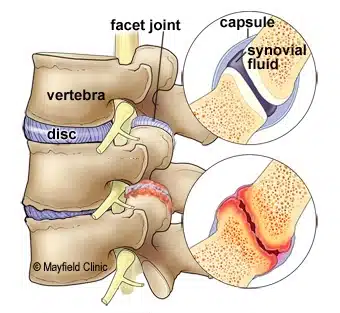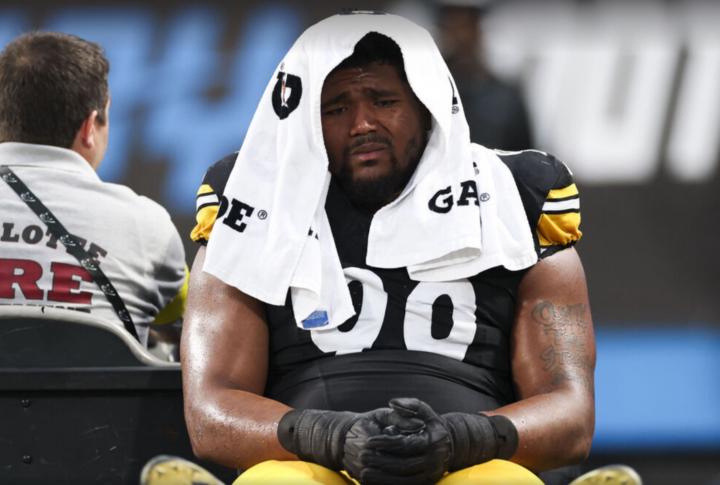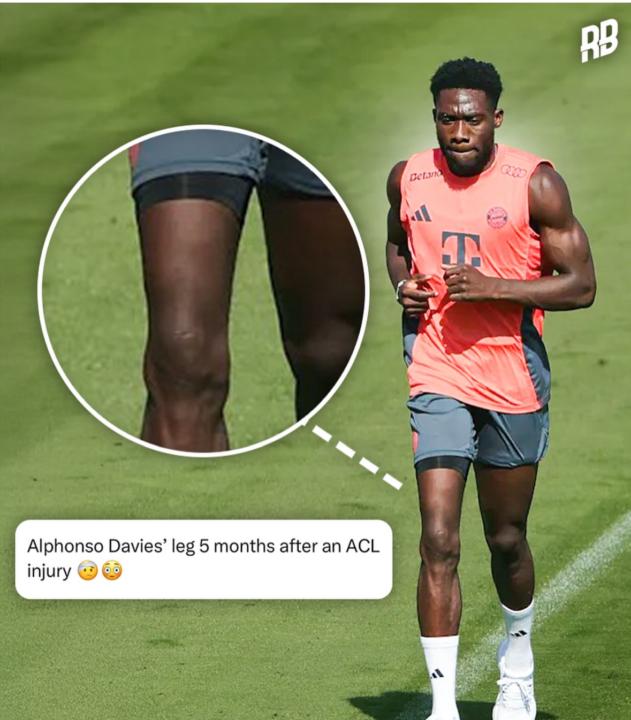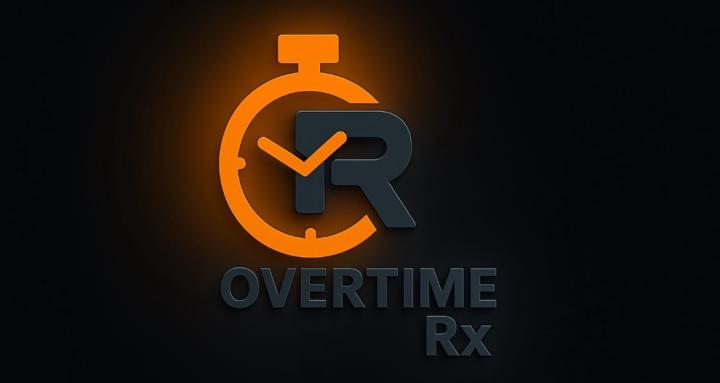
Write something
Hot Takes 🔥
The first week of NFL football starts tomorrow. Drop your hottest takes for the games this weekend. What games are you watching?
Clarity on Micah Parsons Back Injury
Throughout training camp and his contract negotiations, reports surfaced that Micah Parsons was dealing with back tightness. With the uncertainty around his future, there was plenty of speculation about how serious the injury was. Now that the trade and contract are finalized, we have more clarity: Parsons has been diagnosed with an L4/5 facet sprain. So, what does that mean? The facet joints are the small joints that connect each vertebra to the one above and below it. At the L4/5 level—where the lowest lumbar vertebra (L5) meets the one above it—these joints play a huge role in providing stability to the low back. A sprain here means the ligaments supporting that joint have been injured, which reduces the structural stability the joint normally provides. As a result, Parsons has been experiencing the “tightness” that was reported. This tightness isn’t random—it’s the body’s way of protecting the injured joint. His muscles are locking down to make up for the loss of ligament stability. For an elite player at his position, though, that type of compensation isn’t sustainable under the demands of NFL football. This type of injury is actually common among linemen due to both the physical nature of the position and the size of the athletes. In Parsons’ case, treatment has included prednisone (a corticosteroid that reduces inflammation) and an epidural injection (to block pain signals and calm symptoms). The good news: the injury itself isn’t considered extremely serious. The concern: prolonged compensation patterns can increase the risk of other soft-tissue injuries, like hamstring strains, which could sideline him longer. This will be an important situation to monitor as Week 1 approaches. While the Packers’ star linebacker is expected to push through, his ability to stay healthy may depend less on the facet sprain itself and more on how well his body manages the compensations around it. Now there is speculation about the severity of the injury with the business aspect of the NFL. Do we think this is something the Packers should be concerned about or is this all smoke screen from the team?
Poll
2 members have voted
0
0

Another Pre Season Injury - This time for first rounder Derrick Harmon
Last week it was announced that first rounder draft pick Derrick Harmon AVOIDED serious injury but will miss 1 month with an MCL Sprain. Whats that mean for the Steelers? What is the MCL? The MCL is the ligament that sits on the inside of the knee and connects the femur (thigh bone) and tibia (shin). The MCL is a passive structure that supports the knee from whats known as valgus forces (think, a person hitting you on the outside of the knee). It is an often injured area and with the proper rehab can be a minor setback compared to other knee injuries. So what does that rehab look like? 🔑 Key Areas of Focus in Rehab - Quadriceps & Hamstrings – These two act as dynamic stabilizers for the knee. Studies show that restoring quadriceps strength is essential for knee stability after MCL injury (Wijdicks et al., 2010). The hamstrings also help resist tibial rotation that stresses the ligament. - Hip & Glute Strength – Weak glutes shift load down to the knee. Research highlights that deficits in hip abduction strength correlate with valgus collapse mechanics, which put strain on the MCL (Hewett et al., 2005). - Adductors – The adductors provide medial support, reducing valgus load on the MCL (Belchior et al., 2020). Targeting them reduces risk of re-injury. ⚠️ Common Compensations to Watch For - Contralateral overload – Over-relying on the opposite leg during gait, squats, or cutting. - Quad avoidance – Protecting the injured knee by using hip-dominant movement patterns instead of bending the knee. - Poor frontal plane control – Knee diving inward or hip drop with single-leg tasks, which increases reinjury risk. 🏈 Return-to-Play Progression 1. Acute Phase (0–2 weeks): Swelling control, restore range of motion, and early quad activation. Early motion is shown to prevent stiffness without compromising healing (Indelicato et al., 1990). 2. Strength Phase (2–4 weeks): Focus on symmetrical strength in quads, hamstrings, and glutes. Controlled single-leg work is reintroduced. 3. Movement Phase (weeks 3–5): Begin linear running, change of direction, and plyometrics as tolerated. Evidence suggests sport-specific drills improve neuromuscular readiness and reduce re-injury (Grindem et al., 2016). 4. Game Readiness: Before clearance, athletes must tolerate high-speed, contact, and chaotic play conditions. Functional testing (single-leg hop, Y-balance, strength symmetry) guides this decision-making.
1
0

Why you never heal.
I was scrolling through my timeline and came across a picture of Alphonso Davies, the Bayern Munich football (soccer) star. In the photo, you can clearly see how much muscle he’s lost since his ACL surgery. It made me think about how many people have been in that exact same situation. Here’s the difference: while Davies has world-class rehab resources, most people’s recovery stops the moment they can get through daily life without pain. The problem? That’s not where rehab should end. Most of us want to get back to the things we love—whether that’s rec sports like flag football, golf, pickleball, running, or even just chasing after the kids. But after an injury, we rarely train specifically for those demands. The result? More injuries. More compensations. A growing list of problems without ever getting closer to your goals. Does this sound familiar? Drop a comment below ⬇️

🏈 Khalil Shakir’s High Ankle Sprain — What It Means & How Recovery Works
You may have seen that Bills WR Khalil Shakir recently suffered a high ankle sprain. Let’s break down what that actually means, and what recovery looks like for an athlete at his level — and for the rest of us, too. 🧠 What is a High Ankle Sprain? A high ankle sprain affects the syndesmosis — the strong ligaments that hold your tibia and fibula together just above the ankle. It’s different (and usually more serious) than a typical lateral ankle sprain. It often happens when the foot is twisted outward while planted (think: cutting, tackling, getting rolled up on). 🏃♂️ What Does Rehab Look Like? Rehab is broken down into 3 phases: 1. Acute Phase (0–2 weeks): - Focus on protecting the joint, reducing swelling and pain - Boot or brace, sometimes crutches - Light isometrics and gentle ROM to avoid stiffness 2. Subacute Phase (2–4 weeks): - Restore mobility (dorsiflexion, plantarflexion) - Build ankle strength around the calf muscles to reduce compensation(calf raises, resistance bands) - Add balance + proprioception (foam pad work, single leg stance) 3. Advanced/Sport Phase (4+ weeks): - Dynamic movements (hopping, jumping, cutting) - Change of direction drills and sport-specific footwork - Athletes must return to full speed without pain or compensation - These movements will be monitored with gradual increases in on field work to properly allow the tissue to heal ⏱️ Return to Play Timeline - Most NFL players are back between 4–6 weeks - Lighter sprains may return sooner, more severe ones can take 8+ weeks - Non-surgical treatment often leads to faster return compared to surgery 🚧 Limitations After Return Even after returning, a player like Shakir may still face: - Reduced explosiveness off the injured foot - Slight hesitation with cutting or planting - Risk of reinjury if not fully stable - May require bracing or taping for support But the good news? Research shows ~99% of athletes return to play, often at their previous level — especially when rehab is well structured and progressed properly.
1-11 of 11
powered by

skool.com/the-movement-prescription-1200
Train smart. Prevent injuries. Overtime Rx helps athletes stay in the game with rehab-informed strength and real sports insight.
Suggested communities
Powered by
